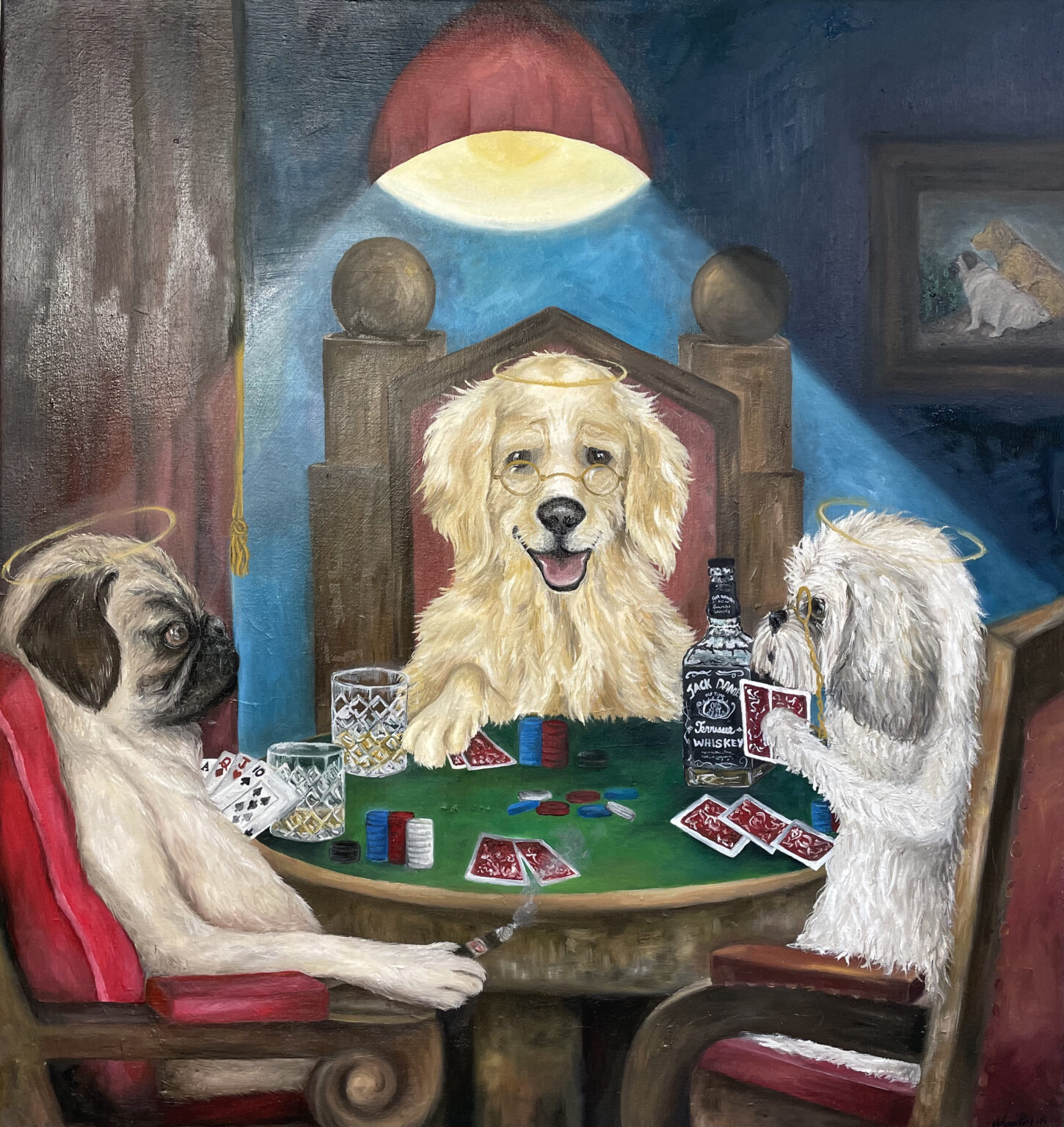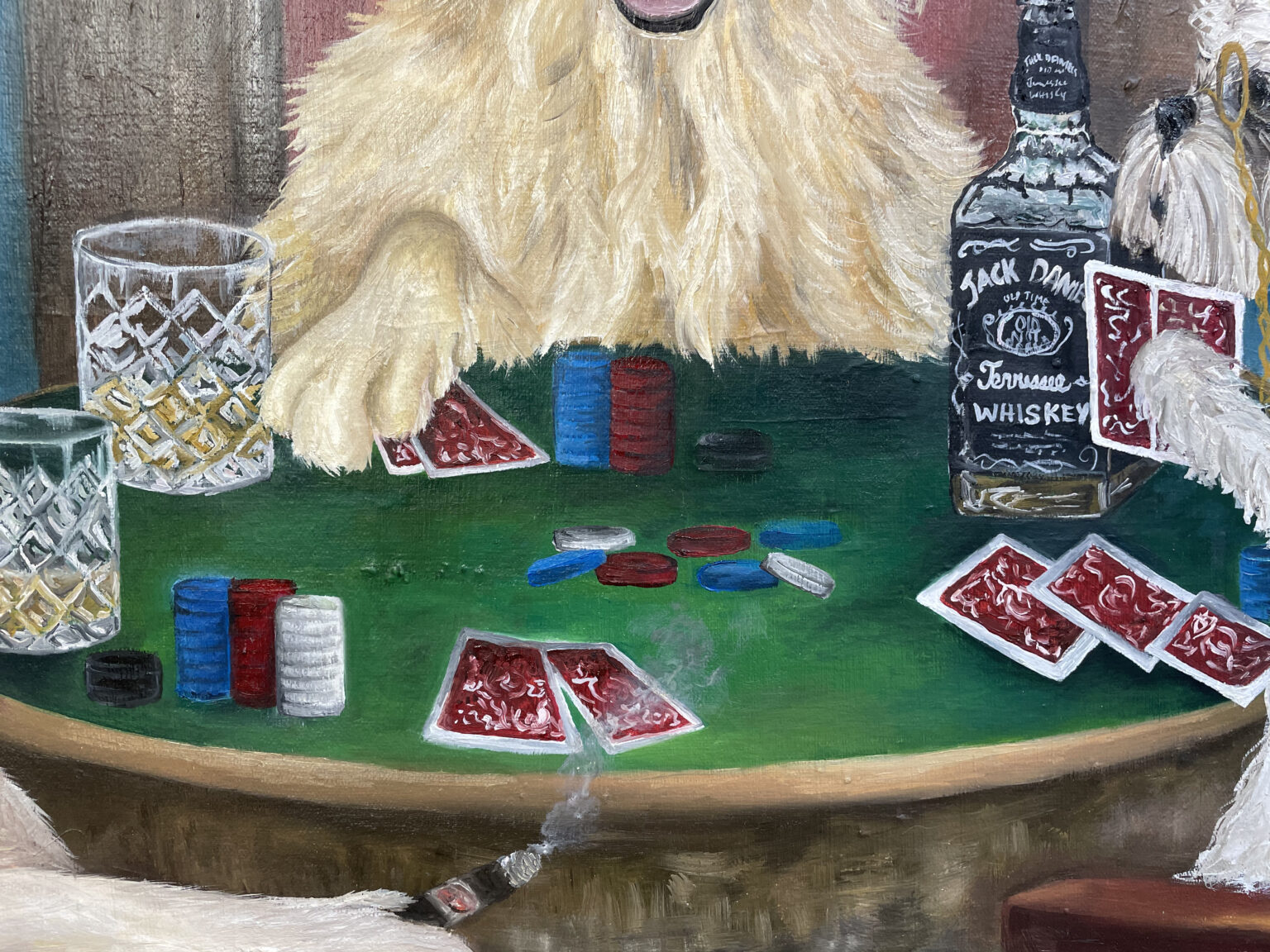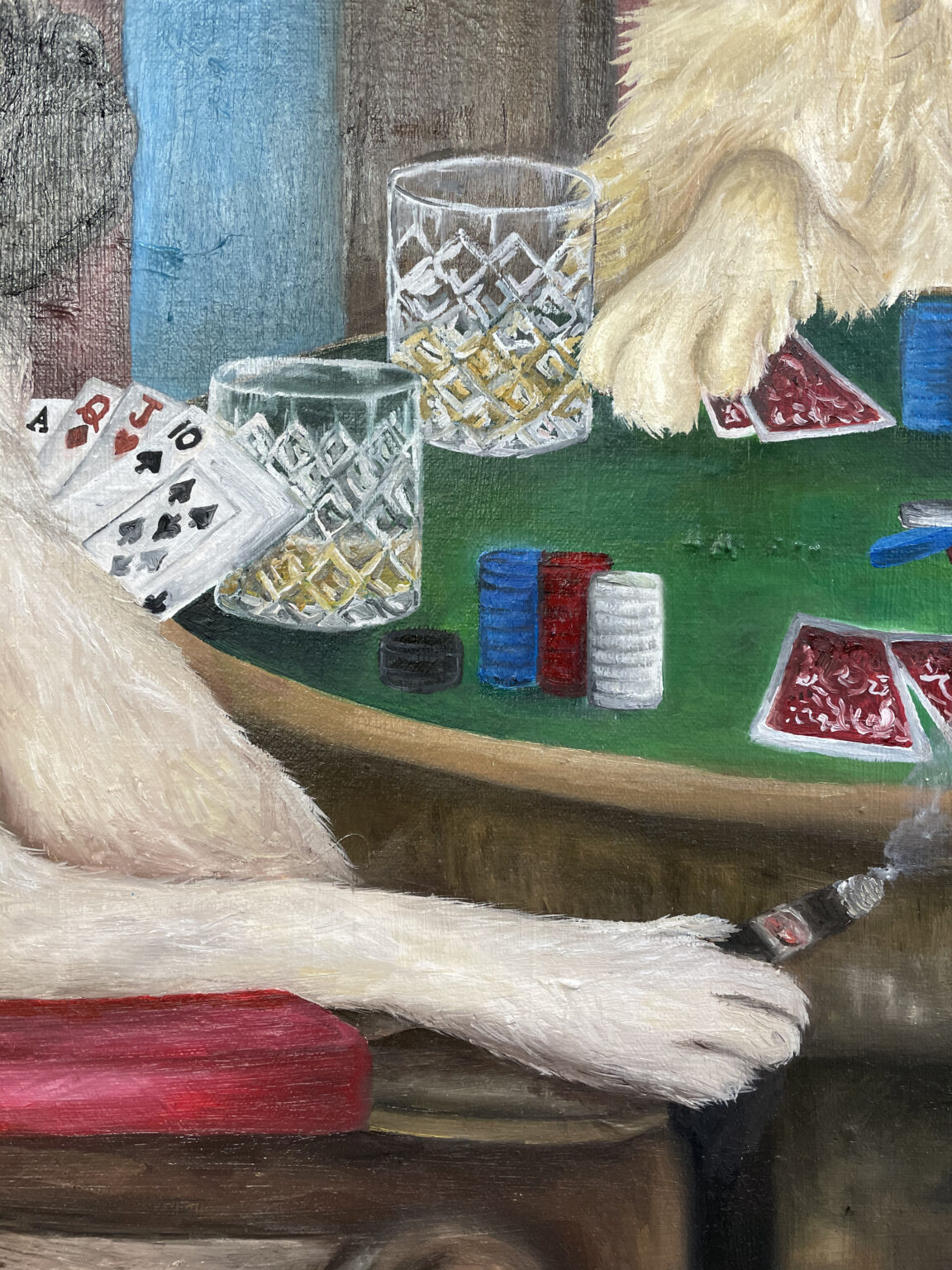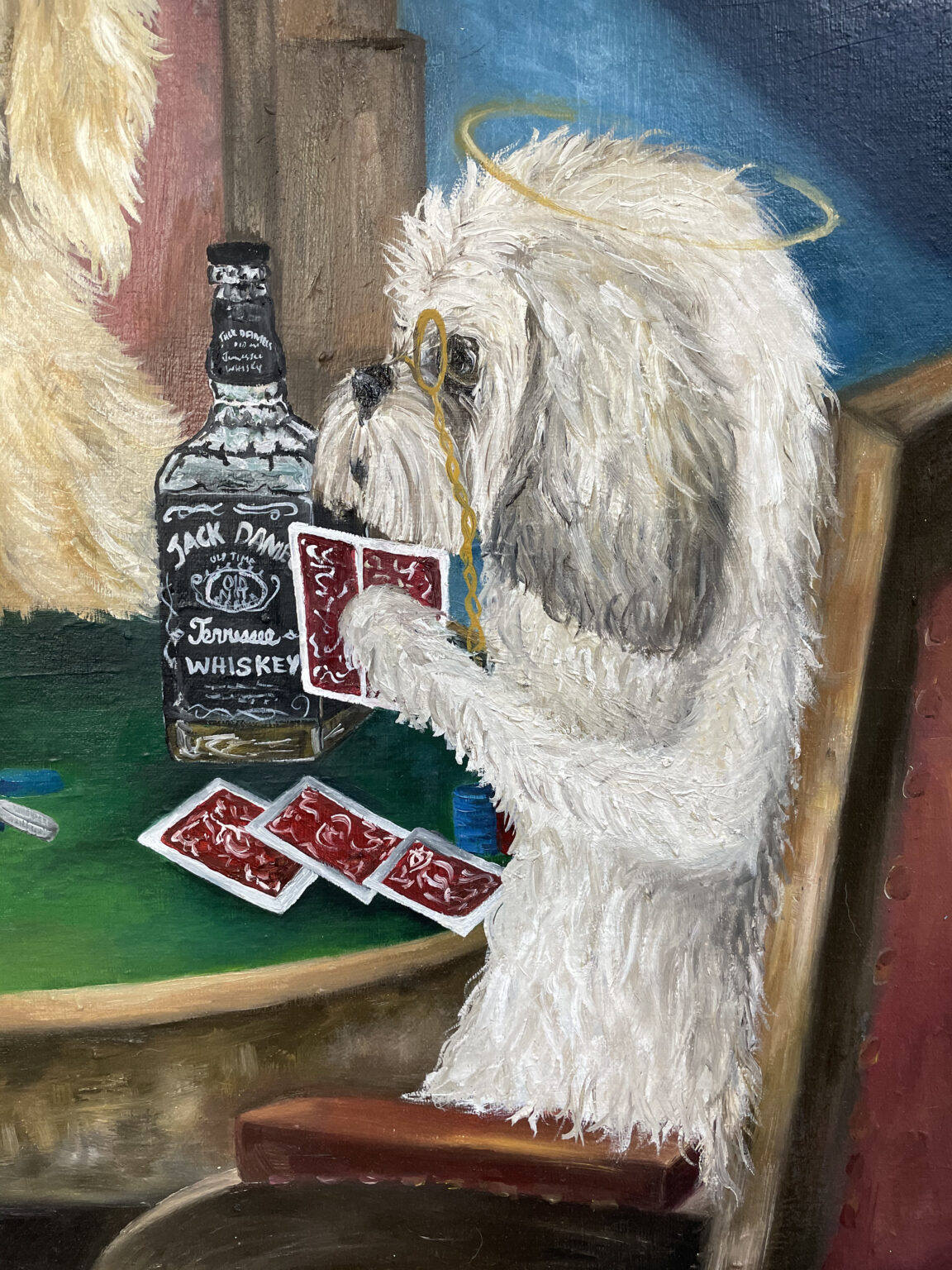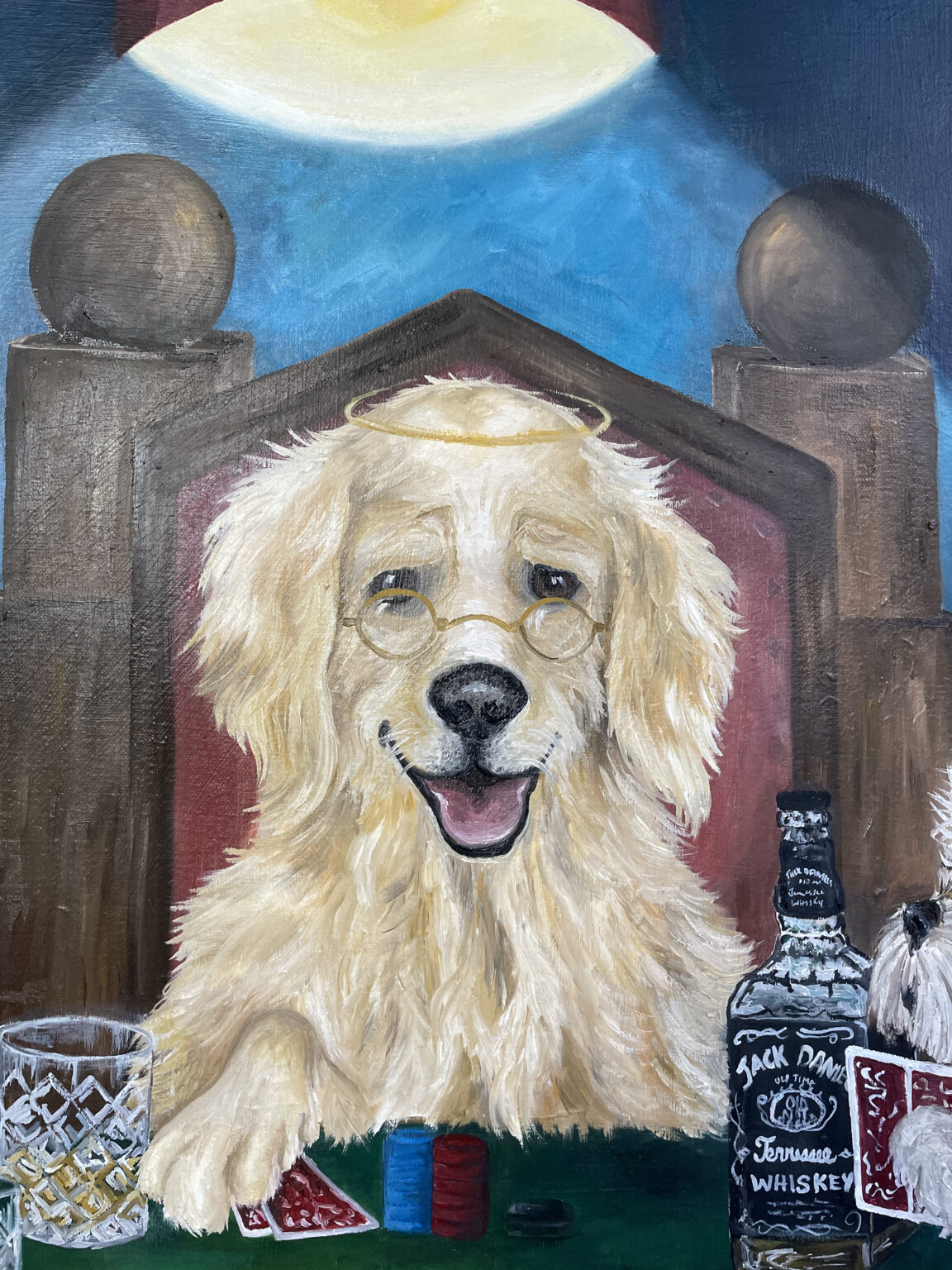Exploring Appropriation in the 21st Century: Addressing Appropriation in Artistic Practices and in A K-12 Setting
Alyssa Pezzuti
This thesis by Alyssa Pezzuti was conducted as a part of Pratt ADE's capstone class, Curating Learning.
Curating Learning showcases the work of ADE seniors at the culmination of the program as they curate their experiences as artists, cultural producers, and learners. The research projects and related artworks created, emphasize student interdisciplinary connections and reflections on how knowledge is constructed and facilitated through teaching, learning, and curating.
Students integrate theory and practice through reflection and research in the field of art and design education. Students develop their voices as emerging professionals as they synthesize their learning in studio, liberal arts, art and design education, and pre-service teaching as well as co-curricular experiences in both formal and informal settings. Working across media and informed by their own research they created projects that ultimately highlight their perspective on integrating their learning across the studio, classroom, and community.
Curating Learning showcases the work of ADE seniors at the culmination of the program as they curate their experiences as artists, cultural producers, and learners. The research projects and related artworks created, emphasize student interdisciplinary connections and reflections on how knowledge is constructed and facilitated through teaching, learning, and curating.
Students integrate theory and practice through reflection and research in the field of art and design education. Students develop their voices as emerging professionals as they synthesize their learning in studio, liberal arts, art and design education, and pre-service teaching as well as co-curricular experiences in both formal and informal settings. Working across media and informed by their own research they created projects that ultimately highlight their perspective on integrating their learning across the studio, classroom, and community.
Artist Statement
Alyssa Pezzuti
Exploring Appropriation in the 21st Century: Addressing Appropriation in Artistic Practices and In A K-12 Setting
Untitled, Oil on Canvas, 30 x 32, 2021.
In this art based study I explore and examine my own art process of creating, referencing, integrating, and manipulating another artist's work/image to re-contextualize the meaning of the original artist's work into a new piece that is transformed enough to be free of copyright infringement.
In this exploration, my primary focus was researching to understand the subtle differences and relationship between appropriation, copyright infringement, and fair use specifically examining artists related legal cases like Jeff Koons vs. Art Rodgers. I also set out to understand how appropriation is introduced in a K-12 educational setting. Through my self study I examined the process of manipulating and changing an artist's image in order to create a new context for the painting. I examined what traditional elements of the painting need to be changed in order to not fall into the category of appropriation.
Furthermore, this study was developed to examine my own interests as an artist, and as an art educator. In my own practice as a painter, I have always been drawn to photographs and images as references for my own paintings. Recently, I have developed a theme of memory in my paintings where I take old tangible photos that I’ve accumulated and found around my house and paint them on a large scale. By painting these images that hold dear to my heart, I am attempting to re-contextualize them in a way where I reconstruct a memory by the process of painting the image. Many times in this process, I have been asked about appropriation in my own work but it has never been an issue because the references were my own photos. However, I recently have been evolving my work into referencing images that are well known.
In this self study, I referenceCassius Marcellus Coolidge’s paintings, A Friend in Need, 1903 and Poker Game, 1894. The process of re-contextualizing this image involved replacing the original dogs with dogs that have passed away in my family, paying a homage to the lives they have lived. Throughout this process, I have found a way for artists to use, transform, and re-contextualize a reference image without directly stealing from another artist.
From this process of creating this painting and researching how other artists either avoided or embraced appropriation, I discovered that it is within an artist's job to “steal in the sense that art does not exist in a vacuum, and artists are constantly borrowing and recycling visual information. All art is inspired by a previous work or artist therefore nothing is truly authentic. Artists must however give credit where credit is due in all circumstances. It is through social constructs that the concept of originality came about, but it was never an artist's job to be original, understanding and knowing about copyright can inform an artist's practice. From this study I also came to understand that teaching appropriation is not often a priority in a K-12 setting. As artists and art educators' it becomes our responsibility to create, respond, and evolve with the ideas, imagery and concepts found in the world. But remember that no idea is completely original.
Exploring Appropriation in the 21st Century: Addressing Appropriation in Artistic Practices and In A K-12 Setting
Untitled, Oil on Canvas, 30 x 32, 2021.
In this art based study I explore and examine my own art process of creating, referencing, integrating, and manipulating another artist's work/image to re-contextualize the meaning of the original artist's work into a new piece that is transformed enough to be free of copyright infringement.
In this exploration, my primary focus was researching to understand the subtle differences and relationship between appropriation, copyright infringement, and fair use specifically examining artists related legal cases like Jeff Koons vs. Art Rodgers. I also set out to understand how appropriation is introduced in a K-12 educational setting. Through my self study I examined the process of manipulating and changing an artist's image in order to create a new context for the painting. I examined what traditional elements of the painting need to be changed in order to not fall into the category of appropriation.
Furthermore, this study was developed to examine my own interests as an artist, and as an art educator. In my own practice as a painter, I have always been drawn to photographs and images as references for my own paintings. Recently, I have developed a theme of memory in my paintings where I take old tangible photos that I’ve accumulated and found around my house and paint them on a large scale. By painting these images that hold dear to my heart, I am attempting to re-contextualize them in a way where I reconstruct a memory by the process of painting the image. Many times in this process, I have been asked about appropriation in my own work but it has never been an issue because the references were my own photos. However, I recently have been evolving my work into referencing images that are well known.
In this self study, I referenceCassius Marcellus Coolidge’s paintings, A Friend in Need, 1903 and Poker Game, 1894. The process of re-contextualizing this image involved replacing the original dogs with dogs that have passed away in my family, paying a homage to the lives they have lived. Throughout this process, I have found a way for artists to use, transform, and re-contextualize a reference image without directly stealing from another artist.
From this process of creating this painting and researching how other artists either avoided or embraced appropriation, I discovered that it is within an artist's job to “steal in the sense that art does not exist in a vacuum, and artists are constantly borrowing and recycling visual information. All art is inspired by a previous work or artist therefore nothing is truly authentic. Artists must however give credit where credit is due in all circumstances. It is through social constructs that the concept of originality came about, but it was never an artist's job to be original, understanding and knowing about copyright can inform an artist's practice. From this study I also came to understand that teaching appropriation is not often a priority in a K-12 setting. As artists and art educators' it becomes our responsibility to create, respond, and evolve with the ideas, imagery and concepts found in the world. But remember that no idea is completely original.
Exploring Appropriation in the 21st Century: Addressing Appropriation in Artistic Practices and in A K-12 Setting
